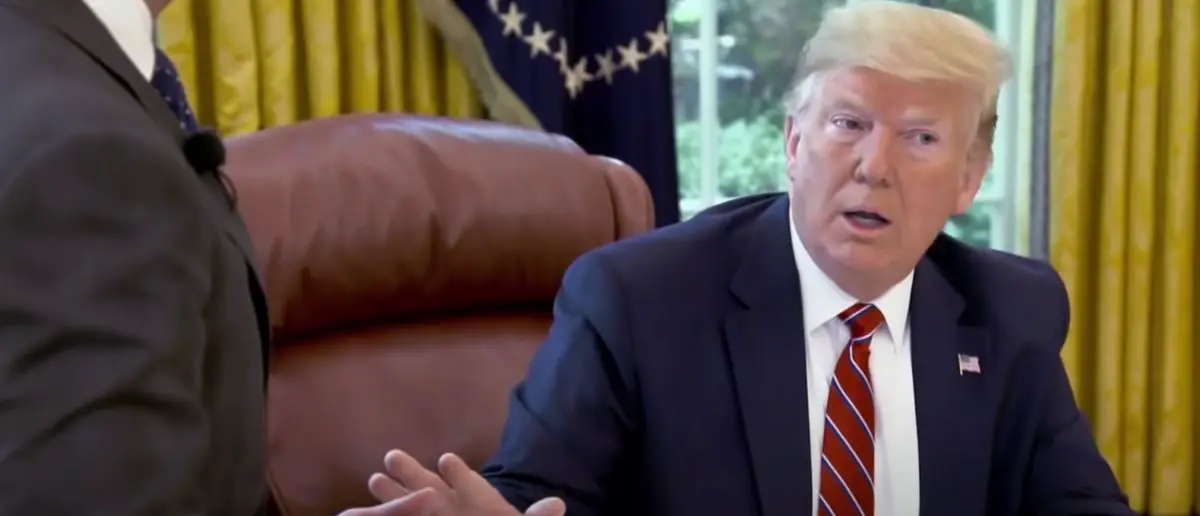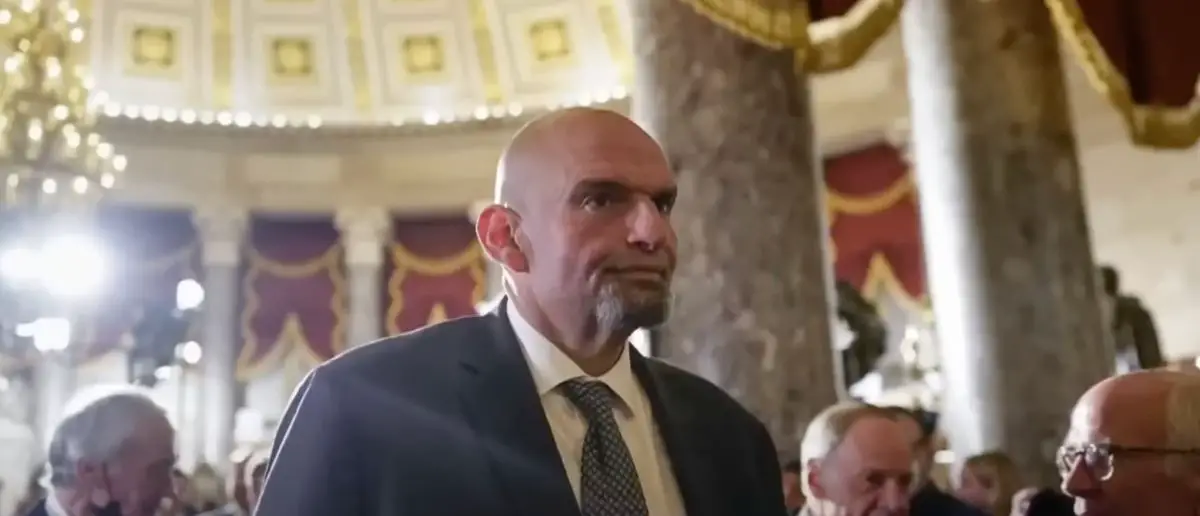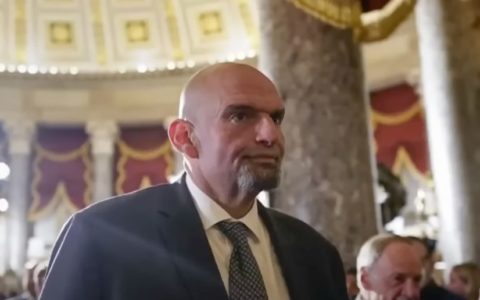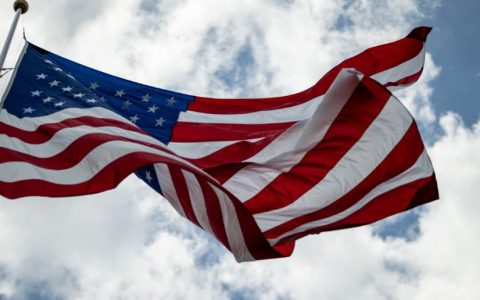
It would be bad enough if Trump had one attempt on his life. But this is getting scary.
Now a whistleblower exposed the real reason behind the attempt on Trump’s life.
The Secret Service appears to have dropped the ball yet again, this time putting former President Donald Trump in unnecessary danger at his West Palm Beach golf club.
According to a whistleblower, agents failed to follow standard protocol that could have caught a would-be assassin much sooner. Senator Josh Hawley, a Missouri Republican, brought these alarming revelations to light in a letter to Secret Service Acting Director Ronald Rowe.
The whistleblower, a trusted source who previously protected President Trump at the West Palm Beach golf club, made it clear that the security failures were significant. According to this insider, there are “known vulnerabilities” along the fence line of the golf course, vulnerabilities that provide a clear line of sight to anyone playing on it.
It’s standard Secret Service procedure to station agents at these critical points when Trump visits the course.
But shockingly, “That apparently did not happen on September 15,” Sen. Hawley stated. “Instead, the gunman was permitted to remain along or near the fence line for some 12 hours.”
This blunder allowed a potential assassin to linger dangerously close to the former president without detection.
When questioned about this glaring security lapse, Secret Service Acting Director Ronald Rowe downplayed the situation.
He claimed that Trump’s visit was an “off the record movement” not on the planned schedule, forcing the Secret Service to put together a last-minute security plan.
“There was no posting up of it because he wasn’t supposed to have gone there in the first place,” Rowe said, raising more questions than answers about the agency’s preparedness.
Rowe tried to defend the agency’s actions, saying they used a “layered approach” to security, with agents ahead and behind Trump as he moved through the golf course.
It was an agent working in the front who finally spotted the rifle through the bushes and acted quickly.
“The agent’s hyper-vigilance and the detailed swift action was textbook,” Rowe said, calling the response “exemplary.”
While the would-be assassin, Ryan Routh, “did not have line of sight to the former president” and “did not fire or get off any shots,” as Rowe noted, the fact remains that Routh had ample time to potentially stage an attack.
Sen. Hawley wasn’t buying Rowe’s excuses, noting that it was still unclear “whether agents swept the perimeter of the golf course at any point, or whether drones were used to surveil the fence line.”
In fact, President Biden had ordered enhanced security for Trump following a previous assassination attempt in Pennsylvania in July.
This included counter drones, a counter sniper team, and counter surveillance agents.
But Hawley’s pointed letter demanded answers, asking Mr. Rowe to clarify exactly where those security measures were during Trump’s golf outing.
“The reality is that the would-be assassin should never have been able to linger around the course for that long undetected,” Hawley rightly pointed out, pushing for a thorough investigation into the matter.
His questions were direct: “Why did they not detect the gunman sooner? What was the specific counter surveillance mitigation plan for the known vulnerabilities outside the fence line that day?”
This incident, combined with the earlier assassination attempt, raises serious concerns about the adequacy of security for Trump, a man who continues to face unprecedented threats.
While the Secret Service touts its “layered approach,” it’s clear that more needs to be done to ensure the former president’s safety.
Stay tuned to the DC Daily Journal.





